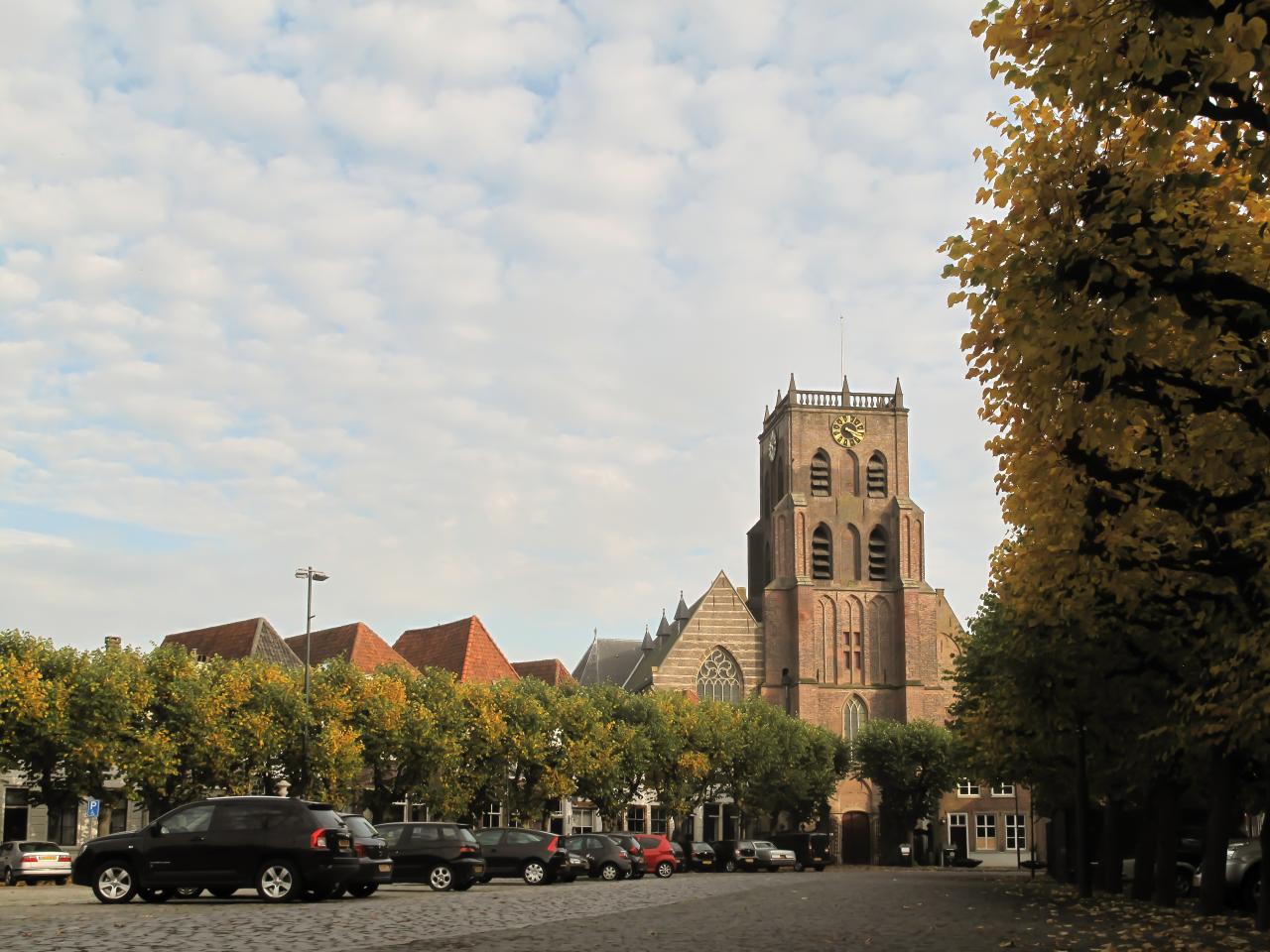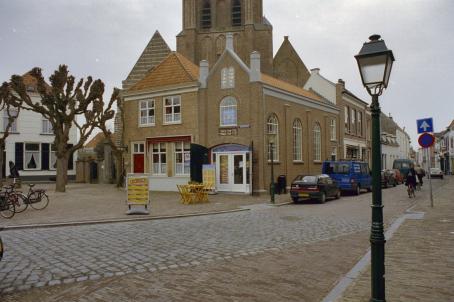Geertruidskerk

The majestic Geertruidskerk is located in the fortified town of Geertruidenberg and is situated on one of the largest historical market squares in the Netherlands, lined with centuries old lime trees. Here you can experience and taste the past in Holland's oldest city!
About this building
Our Church is known for its unique crypt. The construction of the crypt and choir of the church started shortly before 1420. In 1420, Geertruidenberg was struck by a large city fire caused by the siege of the Dordtenaren. The city burned down and the church suffered great damage. The crypt was left unfinished and the original cross vaults of the church and the choir were replaced by wooden barrel vaults. The crypt was filled with sand and used to bury important people.
Only in 1893 was the half-finished crypt discovered again, by chance. During work in the choir it appeared that sand had run away along the wall of the choir and it was decided to dig out the choir. A committee was appointed and the names of the members can be seen on a memorial stone in the wall of the crypt. On 16 September 1895 the excavation started and on 4 November the job was done. In the crypt, besides six large tombs, few interesting things were found. However, it turned out that the crypt had only been partially completed, probably as a result of insufficient financial means.
During the large-scale restoration of the church in the 90's of the last century, the crypt was restored in honor. It is the only Gothic crypt, together with that of Thorn, in the Netherlands.



